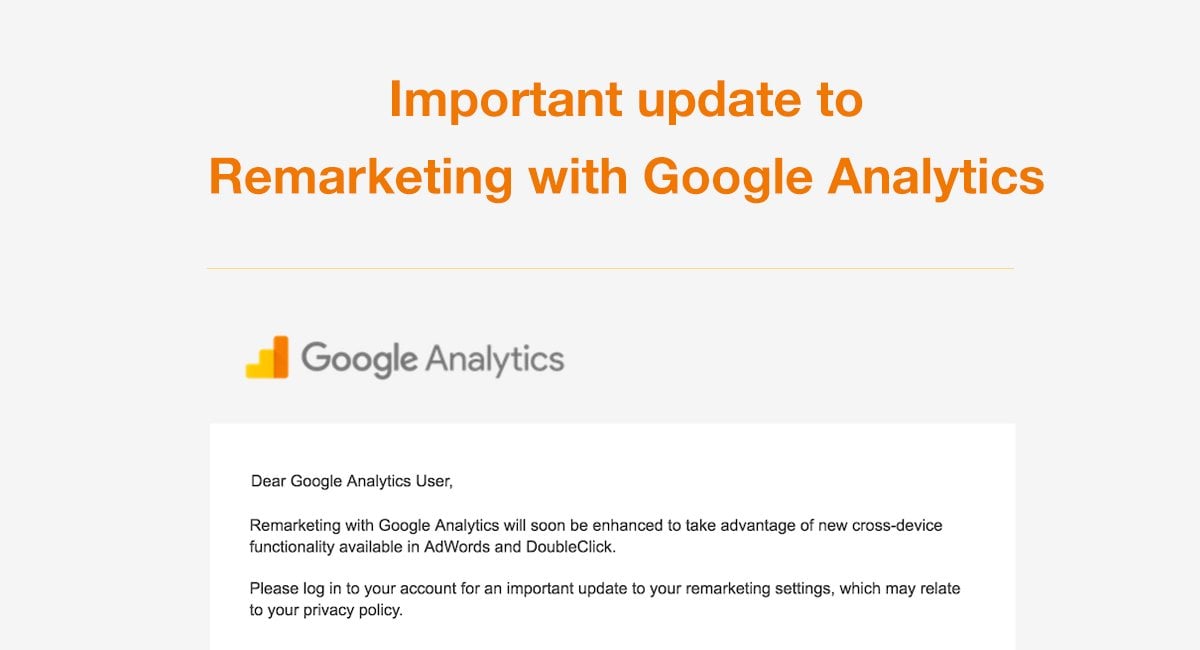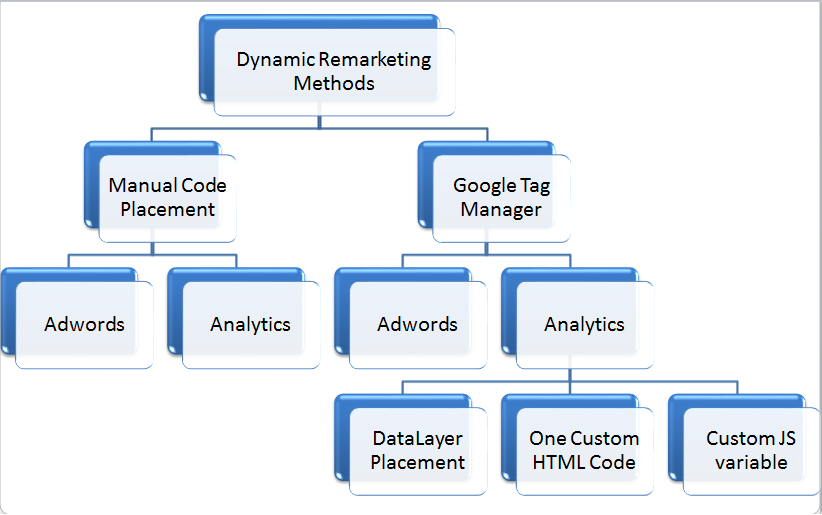Taking Advantage Of Remarketing in Google Analytics: A Comprehensive Guide
Taking advantage of remarketing in Google Analytics offers services a critical side in connecting to prospective consumers. The capacity to target people who have actually currently interacted with your site provides an one-of-a-kind possibility for customized advertising and marketing initiatives. By recognizing how to craft target market listings and deploy them efficiently, services can dramatically enhance their conversion rates. Nevertheless, the ins and outs of establishing and optimizing remarketing projects require a comprehensive understanding of target market division and efficiency evaluation. This overview will certainly lose light on the crucial actions associated with taking advantage of the complete capacity of remarketing in Google Analytics, resulting in enhanced advertising results.
Understanding Remarketing in Google Analytics
Remarketing in Google Analytics enables companies to strategically target customers who have formerly communicated with their web site or mobile application. By leveraging data from Google Analytics, companies can develop personalized remarketing lists based upon individual habits, such as pages visited, activities taken, or specific goals accomplished. This effective tool allows businesses to re-engage with individuals that have shown passion in their services or items, ultimately raising the chance of conversion.
Recognizing the different types of remarketing methods is essential for an effective campaign - What Is “Remarketing” In Google Analytics?. Google Analytics supplies various choices, consisting of common remarketing, vibrant remarketing, and remarketing listings for search advertisements (RLSA) Each type serves an one-of-a-kind purpose and can be tailored to fulfill details marketing goals
In addition, examining the efficiency of remarketing campaigns is important for optimizing outcomes. Google Analytics provides important understandings right into the performance of different remarketing techniques, enabling services to make data-driven choices and refine their targeting method. By constantly keeping track of and changing remarketing initiatives based upon analytics information, organizations can make best use of ROI and drive success in their marketing initiatives.
Establishing Remarketing Projects

After establishing audience lists, the following action is to connect Google Analytics with Google Ads. By linking these two platforms, services can perfectly move target market lists from Google Analytics to Google Advertisements for remarketing functions. This combination enables more specific targeting and far better campaign efficiency.
Once the accounts are connected, businesses can create remarketing projects in Google Advertisements using the target market notes formerly defined in Google Analytics. These projects can be personalized with particular ad creatives, messaging, and bidding strategies to successfully re-engage with past site visitors and drive conversions. By following these actions, companies can utilize the power of remarketing to enhance their advertising efforts and increase ROI.
Making Use Of Audience Division Strategies

Predefined sections in Google Analytics permit you to quickly evaluate usual audience classifications like brand-new users, returning customers, or customers who completed a certain objective on your web site. Personalized segments, on the various other hand, allow you to develop unique sections based on particular requirements that are necessary to your business purposes. Dynamic remarketing listings instantly readjust based on individual actions, revealing individualized ads to customers that have communicated with your website specifically means.
Studying Remarketing Efficiency Metrics
Upon evaluating the performance of remarketing projects in Google Analytics, the evaluation of key performance metrics helpful site provides valuable insights into audience engagement and conversion prices. By delving right into metrics such as click-through rates (CTR), conversion prices, cost per purchase (CPA), and return on advertisement invest (ROAS), online marketers can determine the success of their remarketing initiatives. Assessing these metrics makes it possible for marketing professionals to optimize projects, improve target market targeting, and allocate budget plans successfully to boost overall remarketing performance.
Maximizing Remarketing Techniques
When refining remarketing approaches in Google Analytics, concentrating on target market segmentation is vital for attaining campaign success. By separating your target market right into certain segments based upon their actions, demographics, or rate of interests, you can customize your ads better to every team. This targeted method raises the possibility of involving news users who have actually already shown rate of interest in your solutions or items, leading to higher conversion rates.
An additional important facet of enhancing remarketing approaches is constantly screening and refining your projects (What Is “Remarketing” In Google Analytics?). A/B screening different ad creatives, messaging, or offers can help you identify what resonates best with your target market and drives one of the most conversions. By examining the efficiency of these tests in Google Analytics, you my link can make data-driven decisions to optimize your remarketing initiatives even more
In addition, leveraging dynamic remarketing can significantly improve your project results. This feature enables you to reveal tailored advertisements to individuals based upon their past interactions with your web site, showcasing services or products they have formerly checked out. By providing tailored material to individuals based upon their interests and habits, dynamic remarketing can aid increase involvement and drive conversions.
Verdict
Finally, harnessing remarketing in Google Analytics is a tactical approach to target customers who have actually previously engaged with a site. By creating tailored audience lists and utilizing target market division approaches, services can optimize remarketing advocate boosted conversion rates. Analyzing efficiency metrics and continually enhancing techniques are crucial for making the most of the efficiency of remarketing efforts.
Google Analytics provides different choices, including basic remarketing, vibrant remarketing, and remarketing lists for search ads (RLSA)After setting up target market listings, the following action is to connect Google Analytics with Google Ads. By connecting these 2 systems, companies can flawlessly transfer audience listings from Google Analytics to Google Advertisements for remarketing functions.When the accounts are linked, services can create remarketing projects in Google Advertisements utilizing the target market provides previously specified in Google Analytics.When refining remarketing techniques in Google Analytics, concentrating on audience segmentation is extremely important for accomplishing project success.